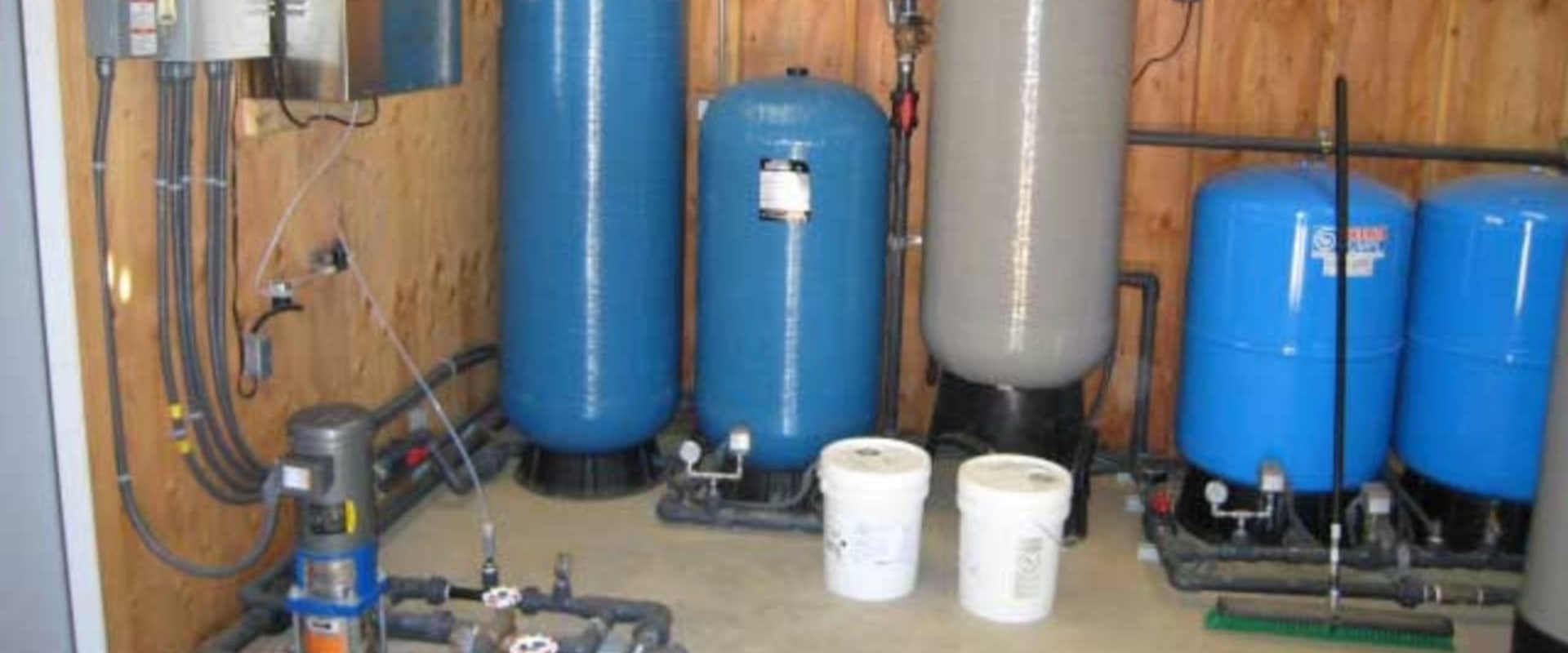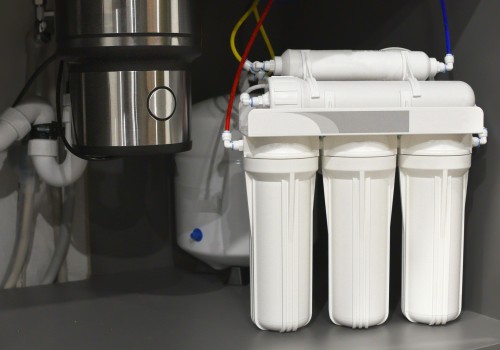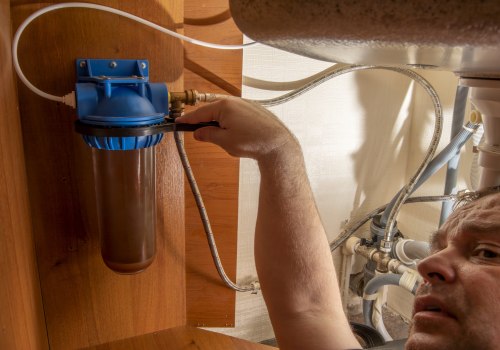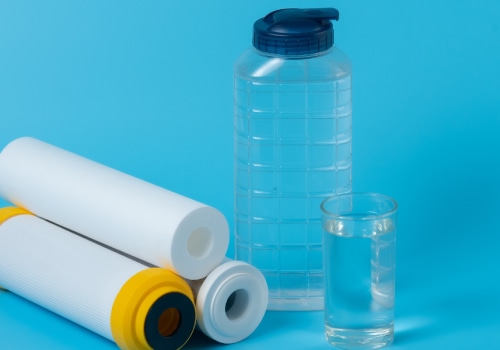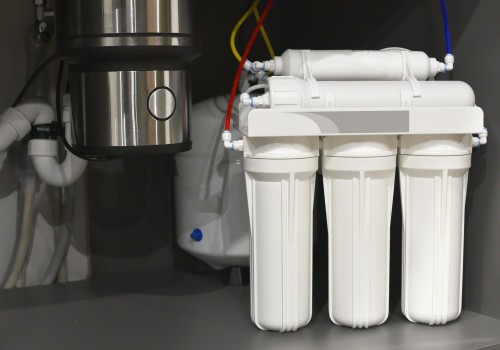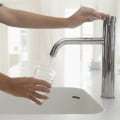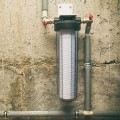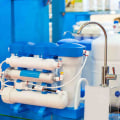The aging of infrastructure in many cities can lead to an increase in potential pollution, making it essential to find a reliable water purification system. Ultraviolet (UV) technology is one of the most effective ways to protect yourself from waterborne microorganisms, as it can destroy up to 99.9% of them. In this article, we will explore the advantages and disadvantages of UV light, the parts of a UV system, and frequently asked questions about UV water purification. UV radiation is a rapidly growing chemical-free technology that has been proven to be highly efficient in controlling microbial growth in any medium, such as water and air, as well as on any type of surface.
ULTRAAQUA UV has developed UV-stabilized polypropylene (PP) which is a resistant material for applications with warm seawater due to its non-corrosive construction. When it comes to disinfecting pool water, all three techniques – heat sterilization, chemical disinfectants, filtration, and ultraviolet (UV) irradiation – have their own advantages. UV disinfection has been a validated technology for disinfecting pathogens on surfaces, as well as in air and water, for several decades. When selecting a UV light or ozone-based water filtration system, there are several factors to consider.
It's important to analyze a sample of the water to understand what it contains and if pretreatment equipment is necessary. Carbon dioxide in the atmosphere can lower the pH of rainwater, making the water aggressive to appliances or pipes. If your well is old, there are also many ways in which surface contamination could affect drinking water. Turbidity is the amount of solids suspended in water that often causes turbidity and should be taken into account when treating collected rainwater.
One style is no more effective at treating water than the other, but more compact UV systems typically use a brighter lamp and may be slightly more expensive. However, in many cases, UV rays require sufficient pre-filtration before UV treatment to filter out larger particles and solids that could create a shading (protective) effect for potentially harmful microorganisms and prevent them from receiving the necessary exposure to UVC light. Approximately 95% of the ultraviolet energy emitted by germicidal lamps is found at 254 nanometers, the region of germicidal effectiveness that is most destructive to bacteria, molds and viruses. High levels of hardness, iron, and sediment may not allow the UV system to treat water properly.
To find out what's in your water and what contaminants need to be removed, you can request a copy of your city or county's annual water quality report from your municipal water provider. Choosing the right ultraviolet (UV) light or ozone-based water filtration system can be a daunting task. With so many options available on the market today, it's important to understand what each system offers and how it can help you protect your family from potential pollutants. In this article, we'll discuss the advantages and disadvantages of UV light technology, the components of a UV system, and frequently asked questions about UV water purification. UV radiation is an increasingly popular chemical-free method for controlling microbial growth in any medium such as air or water. ULTRAAQUA UV has developed UV-stabilized polypropylene (PP), which is an ideal material for applications with warm seawater due to its non-corrosive construction. When it comes to disinfecting pool water, all three techniques – heat sterilization, chemical disinfectants, filtration, and ultraviolet (UV) irradiation – have their own advantages.
UV disinfection has been proven effective for decades in eliminating pathogens on surfaces as well as in air and water. When selecting a UV light or ozone-based filtration system for your home or business, there are several factors you should consider. It's important to analyze a sample of your water to determine what contaminants are present and if pretreatment equipment is necessary. Carbon dioxide in the atmosphere can lower the pH of rainwater making it aggressive towards appliances or pipes. If your well is old there are also many ways surface contamination could affect drinking water. Turbidity is another factor that should be taken into account when treating collected rainwater.
This refers to the amount of solids suspended in the water that often causes turbidity. While one style isn't necessarily more effective than another at treating water, more compact UV systems typically use brighter lamps which may be slightly more expensive. However, in many cases UV rays require sufficient pre-filtration before treatment in order to filter out larger particles and solids that could create a shading (protective) effect for potentially harmful microorganisms preventing them from receiving adequate exposure to UVC light. Approximately 95% of ultraviolet energy emitted by germicidal lamps is found at 254 nanometers – this region is most destructive towards bacteria, molds and viruses. High levels of hardness, iron and sediment may also prevent your UV system from treating your water properly. To find out what's in your drinking water and what contaminants need to be removed you can request a copy of your city or county's annual water quality report from your municipal provider. By understanding all these factors you can make an informed decision when selecting a UV light or ozone-based filtration system that best suits your needs.
